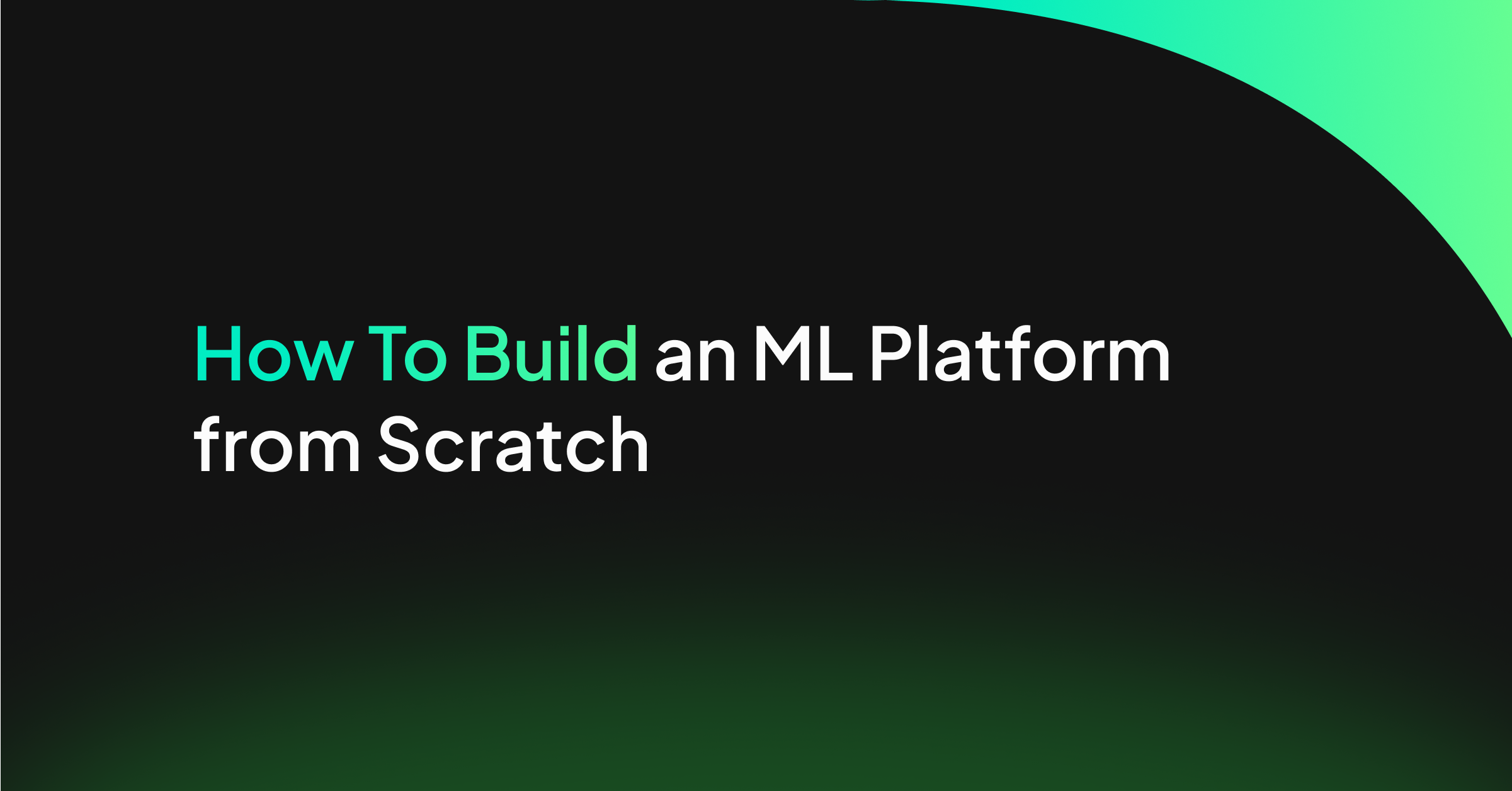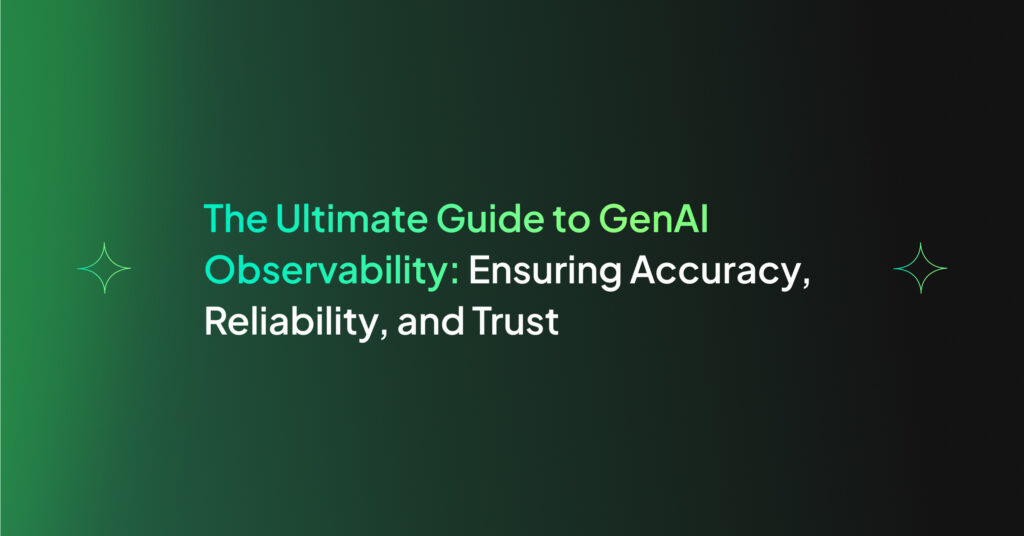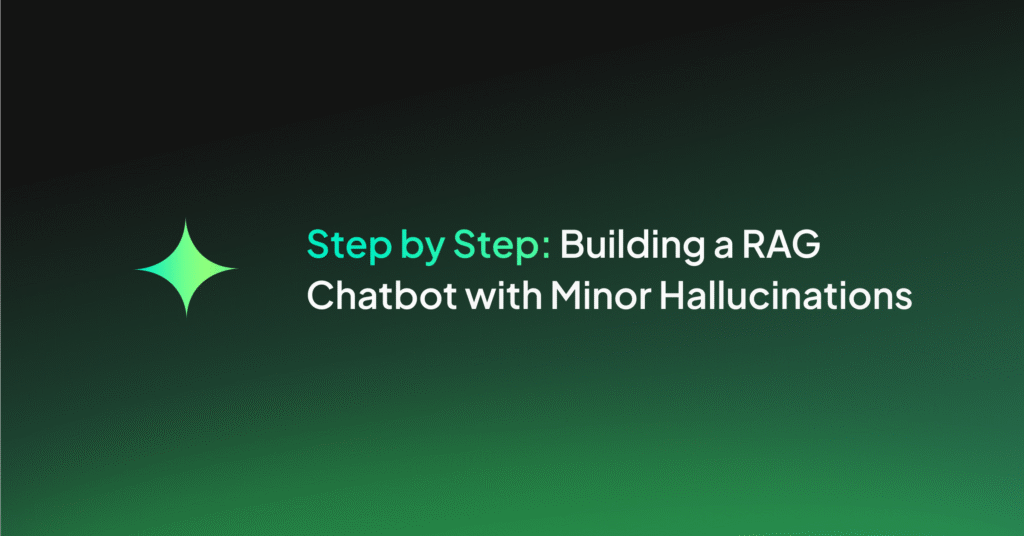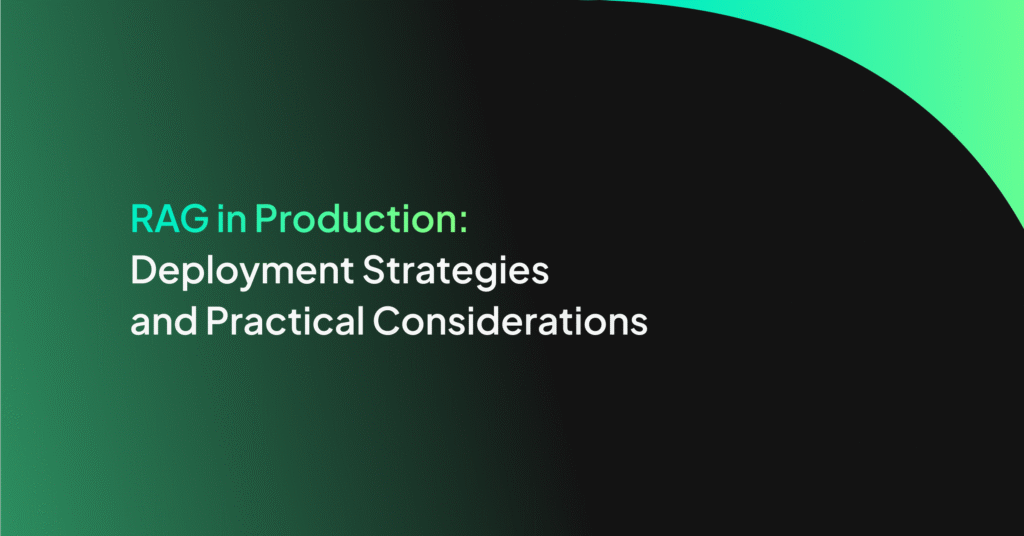Build vs Buy: How to Choose the Right Path for Your GenAI App’s Guardrails

In May 2023, Samsung employees unintentionally disclosed confidential source code by inputting it into ChatGPT, resulting in a company-wide ban on generative AI tools. This event underscored the need for safeguards in AI usage across industries. AI guardrails have emerged as a potential solution to prevent such incidents and ensure responsible AI adoption.
As companies implement generative AI, they must decide whether to develop custom AI guardrails or purchase existing solutions. This decision is central to mitigating risks such as data leaks, inaccuracies, privacy breaches, and bias in AI systems.
This article explores AI guardrails, their significance, implementation approaches, and the considerations between building in-house solutions and acquiring pre-existing options. By analyzing this aspect of AI safety, we aim to provide insights for organizations seeking to leverage AI while maintaining security and ethical standards.
TL;DR
- The rapid advancement of generative AI necessitates robust guardrails to ensure safety, ethics, and legal compliance.
- While organizations can build custom guardrails, buying existing solutions offers significant advantages regarding implementation speed, expertise, and cost-effectiveness.
- Key types of guardrails include technical (e.g., content filtering, bias mitigation), ethical (promoting fairness and transparency), and legal/regulatory (ensuring compliance with laws and regulations).
- AI guardrails provide off-the-shelf security solutions for low latency and comprehensive protection against risks such as hallucinations, data leaks, and compliance violations.
The Importance of Safety and Responsibility in Generative AI
The rapid advancement of generative AI necessitates a strong focus on ethical considerations and AI alignment.
Ensuring AI systems act according to human values is crucial, with 63% of Americans expressing concerns about AI’s potential bias in hiring processes. AI alignment, the process of making AI systems consistent with human values and intentions, is a critical area of research.
OpenAI’s superalignment initiative highlights the growing recognition of its importance. While generative AI promises increased productivity, it also poses risks like job displacement and spreading misinformation.
A McKinsey report estimates AI could automate up to 30% of work hours globally by 2030, underscoring the need for workforce adaptation strategies. The potential for AI-generated deepfakes challenges social cohesion and democratic processes, with 57% of Americans concerned about its impact on election integrity.
Addressing these challenges requires robust detection methods, public awareness campaigns, and ongoing research into ethical AI development.
As organizations and researchers grapple with the ethical challenges posed by AI, implementing robust guardrails has emerged as a critical strategy for mitigating risks and maintaining ethical standards in developing and deploying generative AI systems.
AI Guardrails: Build, Buy, or Hybrid?
When implementing AI guardrails, organizations face the critical decision of building their solutions, buying existing ones, or adopting a hybrid approach. Each option has its merits and challenges, particularly for engineers and researchers working on responsible AI development.
To assist in this decision-making process, the following table provides a comparative overview of key factors to consider when choosing between building and buying AI guardrail solutions.
Comparison of Building vs. Buying AI Guardrails
| Criteria | Buying | Building |
| Implementation Speed | Faster implementation | Longer development time |
| Access to Expertise | Developed by specialists | Requires significant in-house expertise |
| Ongoing Maintenance | Includes regular updates | Requires ongoing internal resources |
| Compliance & Regulatory Alignment | Often compliant with regulations | May not meet all compliance needs |
| Protection Against Threats | Robust real-time protection | Requires significant effort to protect |
| Customization | Customizable options available | Highly customizable but resource-intensive |
| Risk of Implementation Errors | Lower risk of errors | Higher risk of critical oversight |
| Cost Effectiveness | Cost-effective in the long run | Potentially higher long-term costs |
| Focus on Core Competencies | Allows focus on core activities | Resource diversion from core focus |
In-House Development
Developing AI guardrails in-house allows for customization and alignment with specific organizational needs. However, it requires significant resources and expertise.
Building AI guardrail solutions from open-source tools highlights the need for careful consideration and robust implementation strategies when utilizing open-source tools for AI guardrails.
Key Considerations:
- Technical expertise: Ensure your team has AI ethics, security, and compliance skills.
- Scalability: Design guardrails that adapt to evolving AI technologies and use cases.
- Integration: Ensure compatibility with existing AI systems and workflows.
- Compliance: Stay updated on relevant regulations and industry standards.
The Simpler, More Effective, and Quicker Solution: Buying Guardrails
Purchasing pre-built AI guardrail solutions offers a quicker path to implementing robust safety measures. This approach allows organizations to leverage specialized expertise and proven technologies without extensive in-house development.
Commercial solutions often come with regular updates, dedicated customer support, and integration assistance, reducing the burden on internal teams. Buying guardrails can significantly accelerate the implementation of responsible AI practices for companies lacking specialized AI ethics and security expertise.
Moreover, these solutions are typically designed to comply with current regulations and industry standards, providing an added layer of assurance in an increasingly complex regulatory landscape.
Emerging Trends in AI Guardrails: The Case for Buying Solutions
As AI safety evolves, organizations face increasing pressure to implement effective guardrails. While building custom solutions remains an option, buying pre-built guardrails offers significant advantages in terms of efficiency and reliability.
AI Governance Frameworks Driving Adoption
The emergence of comprehensive AI governance frameworks is accelerating the need for robust guardrails:
- The US National Institute of Standards and Technology (NIST) AI Risk Management Framework provides a structured approach to AI risk management.
- European Union’s upcoming AI Act (effective August 1, 2024) will mandate specific guardrails for AI systems, especially those deemed high-risk. This legislation emphasizes guardrails that protect privacy, ensure data security, and prevent discrimination.
These frameworks increase the complexity of building compliant guardrails in-house. Purchasing solutions from specialized providers ensures up-to-date compliance with evolving standards, reducing legal and regulatory risks.
Leveraging Collaborative Developments
While open-source initiatives like Guardrails Hub and the Falcon Foundation are advancing AI safety, they primarily benefit organizations with significant technical resources. For most companies, buying guardrails offers a more efficient path to implementing these advancements:
- Pre-Built Solutions: Guardrail providers integrate the latest open-source developments into their products, making cutting-edge safety features accessible without needing in-house expertise.
- Rapid Implementation: Purchased guardrails can be deployed quickly, allowing organizations to benefit from advanced safety features without lengthy development cycles.
Public-Private Partnerships Enhancing Bought Solutions
Collaborations between public institutions and private companies are improving the quality of available guardrail solutions:
- The UK’s AI Safety Institute (AISI) has open-sourced its “Inspect” platform, which many commercial guardrail providers are incorporating into their offerings.
- The U.S. National AI Research Resource (NAIRR) is creating a marketplace for AI resources, including guardrail solutions from leading tech companies.
By purchasing guardrails, organizations can benefit from these collaborative efforts without integrating multiple open-source tools or developing partnerships independently.
While building custom guardrails may seem appealing, buying solutions offers most organizations a more efficient and reliable path. Purchased guardrails provide rapid implementation, ensure compliance with complex regulations, and leverage the latest developments in AI safety without the need for extensive in-house resources.
Conclusion
The need for reliable guardrails is more evident as AI reshapes how we adopt them in our daily workflows. While companies face a choice between building, buying, or mixing approaches, the buying option offers significant advantages. Purchasing AI guardrail solutions provides faster implementation, access to specialized expertise, and regular updates to keep pace with evolving threats.
Buying guardrails is often the most efficient path for many organizations, especially those without extensive AI safety resources. This approach saves time and resources and ensures higher protection against potential AI risks, including toxicity, PII leakage, and prompt injections.
Tapping into AI’s incredible potential while mitigating risks is crucial as we progress. Companies can focus on their core competencies while ensuring their AI applications remain ethical, safe, and compliant.
FAQ
What are AI guardrails?
Should organizations build or buy AI guardrail solutions?
What are the key types of AI guardrails?
How important is AI alignment in generative AI?
What are some emerging trends in AI safety?
References
- https://openpraxis.org/articles/10.55982/openpraxis.16.1.654
- https://unvired.com/blog/guardrails-for-genai/
- https://gr-docs.Coralogix.com/policies/pii
- https://lsj.com.au/articles/a-solicitors-guide-to-responsible-use-of-artificial-intelligence/
- https://www.sap.com/resources/ai-guardrails-for-highly-regulated-industries
- https://www.govtech.com/artificial-intelligence/ai-in-hiring-can-it-reduce-bias
- https://www.mckinsey.com/capabilities/risk-and-resilience/our-insights/as-gen-ai-advances-regulators-and-risk-functions-rush-to-keep-pace
- https://speedybrand.io/blogs/ai-guardrails
- https://gritdaily.com/Coralogixs-ceo-on-the-necessity-of-ai-guardrails/
- https://www.arxiv.org/abs/2408.12935
- https://www.guardrailsai.com/blog/the-future-of-ai-reliability
- https://www.gov.uk/government/news/ai-safety-institute-releases-new-ai-safety-evaluations-platform
- https://aiforgood.itu.int/ai-safety-innovation-and-global-impact/




